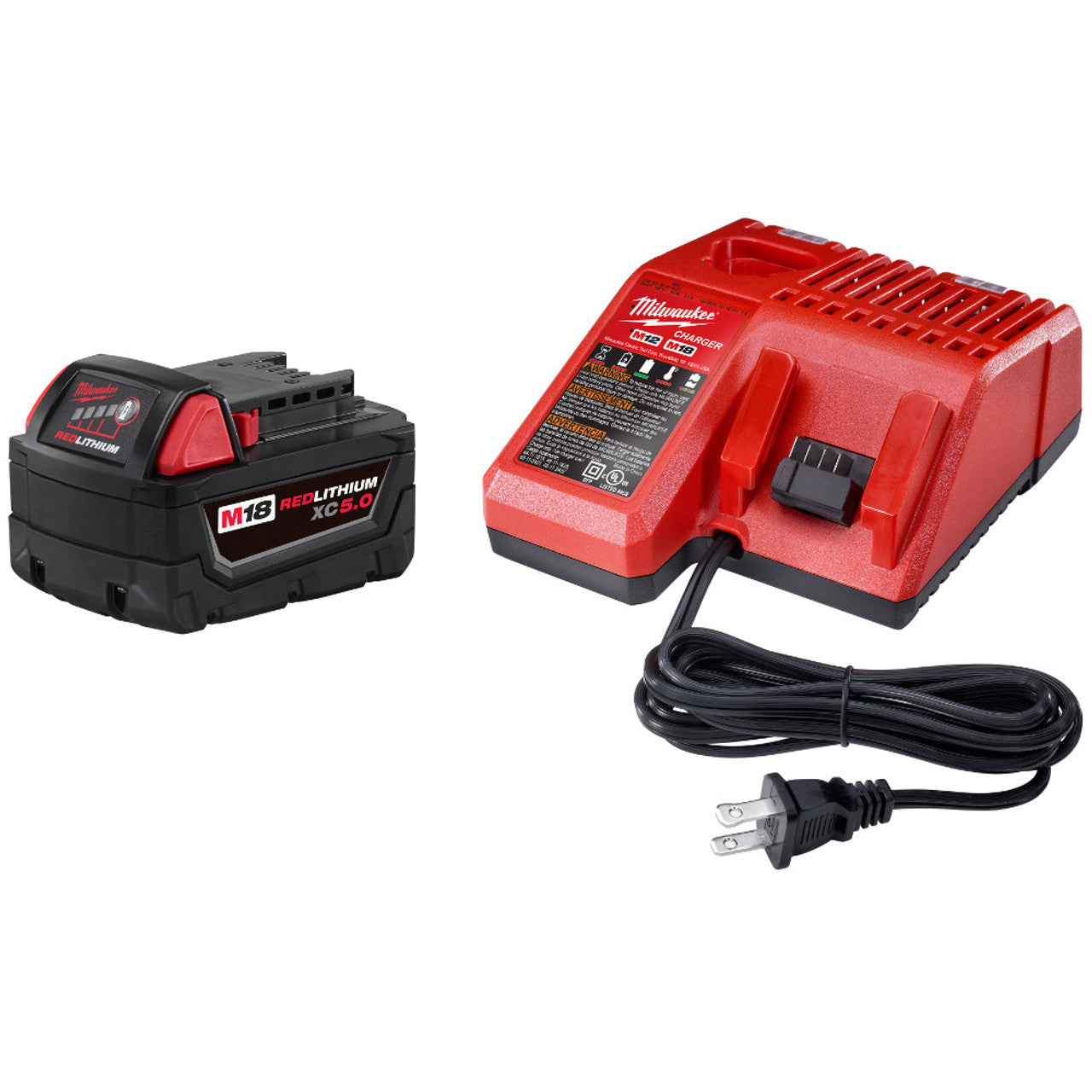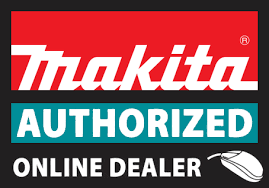There’s no easy way to say this: There are WAY too many options out there for work lights.

Rechargeable, corded, LED, incandescent, flashlights, penlights, magnetic lights, drop lights…It’s a lot to digest for anyone just trying to find the best portable work light for their money.
And that’s exactly why we went through the entire current catalog of work lights and put together a quick, comprehensive guide covering everything you need to know to make an informed decision.
In the buyer’s guide below we’ll run through each type of light currently available, and then address some of the most common questions we hear on the topic. As always, if you’ve still got any questions about work lights (or tools in general) you can just give us a shout here.
Types Of Portable Work Lights
While many work lights share certain features like bulb types or mounting styles, there are a few specific terms you’ll want to be familiar with when choosing your next light.
Here are all the most common types you’ll see out there, and what to expect from each.
Drop Lights/ Hanging Lights
Drop lights are every mechanic’s go-to when it’s time to have a look under the hood. They’re convenient because they feature hooks and/or loops that can be suspended from above for hands-free lighting wherever you need it.
Drop lights come in many different styles and configurations, each with its own pros and cons. We’ll cover that more in-depth down below, but for now just know these are some of the most common and most useful lights you’ll find in an auto shop.
Magnetic Work Lights
Magnetic work lights also come in several different styles, but they all share one thing in common: Their bases contain powerful magnets, allowing them to be attached to any metallic surface for hands-free lighting.
While certain lights feature strictly magnetic mounts, some of the best work lights out there like the Astro Pneumatic 65SL include magnetic bases as well as drop light hooks giving them even more versatility around the shop.
Magnetic work lights often come in handy when working underneath cars as they can be attached anywhere along the frame and then adjusted in the direction you’re working.
Freestanding/ Floor Lights
Freestanding lights are the floodlight-style fixtures we often see on construction sites, which are mounted on their own stand and require no hanging or mounting to use.
Lights like these can come on tall telescoping stands standing six feet or more off the ground or on simple, compact frames that sit just inches off the floor. Freestanding lights are indispensable for casting broad light over large areas, or for illuminating tight spaces where drop lights might not be ideal, like underneath a car on jackstands.
Handheld Work Lights
Handheld work lights include everything from your classic flashlight to super slim and flexible penlights. These are the ones you keep clipped on your shirt or in your back pocket when you need portable light on the go. They’re excellent for roadside emergencies, field use, and general utility use at home or work.
Handheld flashlights can be either rechargeable or powered by standard batteries like AA or AAAs. We’ll cover the pros and cons of rechargeable batteries more in-depth a little further down.
Headlamps And Neck Lights
Praise be to the humble headlamp. So simple, yet so useful.
These are compact lights that attach to your forehead with an elastic band, giving you hands-free light in whatever direction you look.
Lights like these are super convenient because they’re always pointed wherever you’re working, and don’t need to be readjusted or re-hung as you move around a vehicle or project.
Of course if you’re not a fan of the whole “headband” look, neck lights have become a popular alternative to the classic headlamp in recent years.
These innovative lights sit around your neck or at your temples and work just like headlamps without the constricting feeling of an elastic band.
Ok, that about sums it up for work light types, now let’s dive into some of the FAQs you might have on the topic.
Do I Want Corded Or Rechargeable Work Lights?
Regardless of the type of bulb they use, most work lights are powered by either rechargeable lithium batteries or plug into traditional outlets using attached electrical cords.
Both are great options and will serve you well for years to come, but there are a few pros and cons for each you’ll want to weigh when making a purchase.
Rechargeable Work Lights
Rechargeable work lights have the convenience of cordless power, so you won’t be limited by the length of your cord or the distance from a power outlet. That also means less cords laying around the shop, which equates to less tripping hazards and electric safety liabilities to worry about.
They do have their downsides though. Namely, rechargeable work lights only last as long as their batteries can hold a charge before they have to back on the charger.
Many of the lights in our storer longer jobs or all-nighters.
Corded Work Lights
Corded work lights, on the other hand, can run indefinitely so long as they’re plugged into the wall. Their run time is limited only by their bulbs, which means you could run an LED bulb on a cord for months (or even years) at a time without issue.
Simplicity and reliability are the main selling points for corded work lights, but they have their shortcomings as well.
Most obviously would be the length of their cords, some of which can be 50’ or longer while others are 6’ or less. You can always add an extension cord or two into the mix, but you’ll never be able to use corded work lights without a nearby power source of some kind.
Which Is Better: Incandescent, Fluorescent, Or LED Work Lights?
All three bulb types have their perks, but for most customers the decision comes down to three factors: Cost, brightness, and runtime.
Cost
Incandescent work lights are by far the least expensive of the three, and cost about half as much as comparable LED work lights. Fluorescents typically fall somewhere in between the two.
Keep in mind however there’s more to cost than the initial purchase price.
Incandescent bulbs last the shortest amount of time, which means you’ll be replacing them more often than any other variety. The bulbs themselves are inexpensive, but for many customers, longer-lasting options like LEDs are worth the extra cost upfront.
Brightness
The brightness of a work light is an important factor to consider as well. Brightness is measured in lumens, and since we can already hear you falling asleep from here, we’re going to skip over the scientific part and just give you the crib notes: More lumens = better (brighter) than less
lumens. That’s pretty much all you need to know.
With that being said, your average incandescent work light uses a 75 watt bulb, and produces about 1,100 lumens.
A comparable fluorescent bulb, on the other hand, uses just 26 watts, but cranks out around 1,700 lumens while using a lot less power.
The lumens of an LED light depend on several factors, but they’re plenty bright (the Bayco SL-866, for instance, produces 1,200 lumens), and have the added bonus of being adjustable, so your work light can be as bright as you need it without being overpowering.
Runtime
As we mentioned above, incandescent bulbs have the shortest lifespan of the three types, which means you’ll need to pay to replace them more often than other work light types.
That doesn’t mean they won’t last a good while though. In fact your average incandescent bulb lasts for up to 2,000 hours of use. That’s like leaving a light on constantly for twelve straight weeks. In real life that translates to replacing the bulb about once per year, although chances are you’ll be breaking bulbs more often than you’ll be replacing them.
Your average fluorescent bulb, meanwhile, will typically last you 10,000 hours or more (while also using less electricity). We’ll let you do the math on that one, but it’s clear to see why fluorescent work lights are worth the extra cost.
And last but not least we have the LED work light, the absolute champion of lightbulb lifespan. LED bulbs will run for over 40,000 hours a pop. Many live to see 50,000 hours or more. That’s like running a light continuously for over five years. Considering the fact that most lights only run for eight hours a day or less, your average LED work light will outlive its owner.





































































































































































